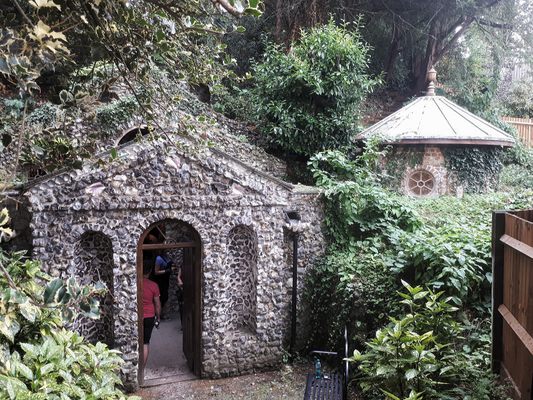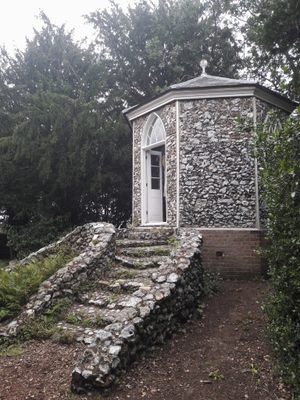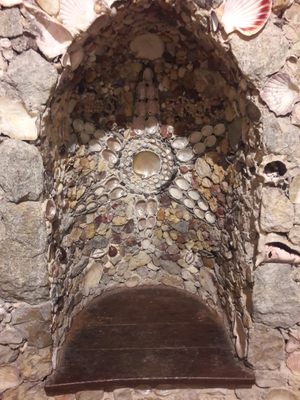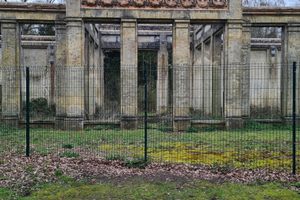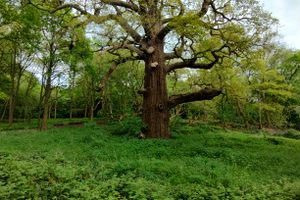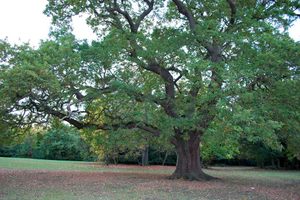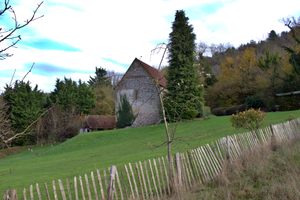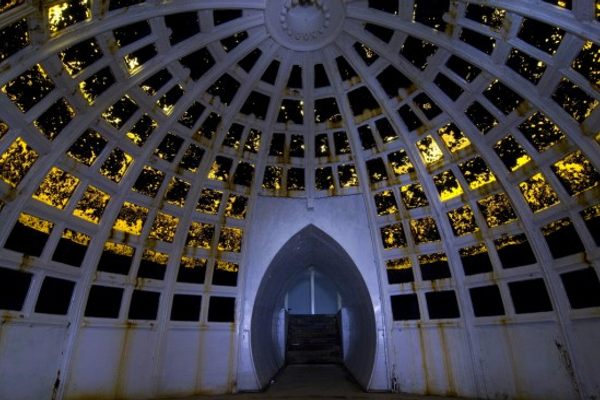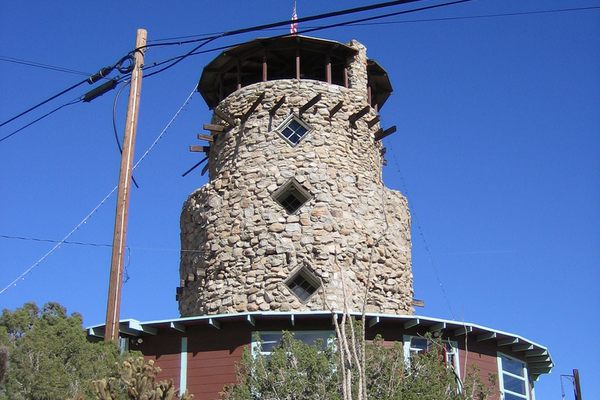About
"None but a poet could have made such a garden," wrote Dr. Samuel Johnson of Scott's Grotto.
Begun in the 1760s by Quaker, poet and businessman John Scott, the shell grotto was a fashionable garden decoration for the upperclass of 1700s England. However, John Scott went a few steps further than the usual garden grotto, having six interconnected chambers and sixty-seven feet of tunnel dug into the chalk hillside below his garden.
Decorated with shells, broken glass, flint, fossils and other beautiful stones pressed into the cement walls, in one chamber a seat bears the word "Frog," referring to a nickname of Scott's wife, Sarah Frogley. Dr. Johnson called the Grotto a "fairy hall."
There are a number of theories as to why Scott built the extensive grotto - a cool place to read in summer, a quiet place to write poetry, a reason for friends to visit the Quaker poet who disliked going to London - all of which may be true.
However the most interesting and charitable of the reasons is that, as a wealthy and devout Quaker, Scott felt it his duty to provide employment for the unemployed men of the area. If this is the case he certainly succeeded; the grotto is thought to have taken thirty years to complete.
Related Tags
Community Contributors
Added By
Published
August 9, 2011



